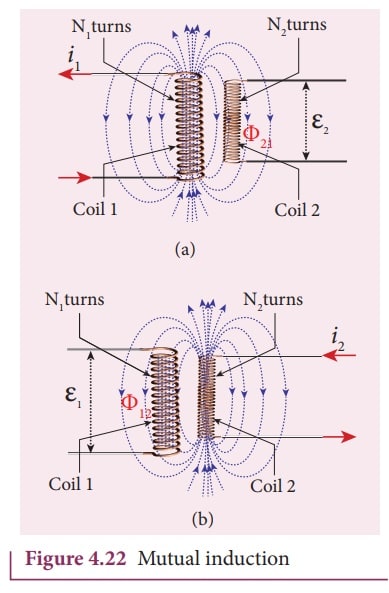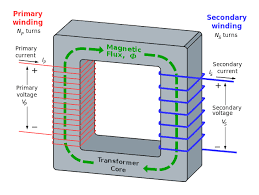Mr zezo
Electrical
- Nov 11, 2021
- 29
If primary magnetic flux is totally contained within the iron core then how the secondary winding is being linked or cut by the magnetic field without lines of force cutting the windings? specially when the primary and secondary windings are in different limbs,like single phase transformer.


